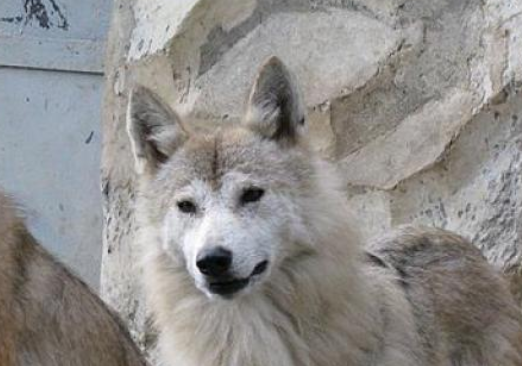Inaugural IUCN Assessment of the Himalayan Wolf
The Himalayan Wolf (Canis lupus chanco) is a prominent lupine predator found across the Himalayas. Its taxonomic status had been unclear until recently. The animal has now been assessed for the first time on the International Union for Conservation of Nature (IUCN)’s Red List. The assessment was done on June 27, 2023. Unfortunately, the news is troubling – the Himalayan Wolf has been categorized as “Vulnerable” on the IUCN Red List.
Population Numbers Cause Concern
The Himalayan Wolf has been categorized as Vulnerable on the IUCN Red List based on an estimated population size of 2,275-3,792 mature adults, though there is some uncertainty around this figure. All of these individuals are part of one interconnected subpopulation that inhabits the Himalayan mountain ranges across Nepal, India and the Tibetan Plateau.
The assessment indicates an ongoing decline in the Himalayan Wolf population, likely due to substantial, continuing threats and a lack of conservation efforts targeting the species. For India’s portion of the Himalayas specifically, estimates indicate 227-378 mature individuals, out of a total of 378-630 wolves. These numbers come from 2020 research by Wildlife Institute of India scientist Shivam Shrotriya focused only on the Ladakh region and Spiti Valley of Himachal Pradesh. The assessment notes some additional wolf habitat exists in Uttarakhand and Sikkim, where a small number of other individuals may reside.
Threats and Recommended Actions
The IUCN Red List Assessment has flagged an ongoing decline in the quality and extent of Himalayan wolf habitat. It states, “Depredation conflict is a major conservation concern, given a seasonal or permanent high livestock abundance in wolf habitats that often form summer pastureland for livestock grazing. Habitat modification and encroachment and depletion of wild prey populations are important drivers of this conflict.”
The assessment also highlighted emerging threats like hybridization with dogs, especially in Ladakh and Spiti “where increasing populations of feral dogs pose a growing challenge”. Illegal hunting of the wolves for their fur and body parts is another threat in some areas.
To better protect Himalayan wolves, the IUCN assessment suggests:
- Securing healthy wild prey populations and setting aside wildlife habitat refuges
- Improving livestock guarding methods to reduce conflict
- Managing feral dog populations
- Trans-boundary conservation efforts between range countries
- Incorporating the Himalayan Wolf into conservation programs to promote public acceptance
For populations heavily reliant on livestock, it also advises restoring wild prey and improving sustainable herding practices.
Himalayan Wolf Habitat and Appearance
The Himalayan wolf inhabits the high altitude regions of the Himalayan mountain range across Nepal, India and the Tibetan Plateau. Its habitat consists of grasslands, rocky outcrops, and steep slopes.
It has thick fur that varies from reddish to brown, grey and black in color. The fur helps insulate it against the extreme cold. Its body shape and size is similar to other wolves, with relatively short ears.
Himalayan wolves typically hunt in small packs of up to six individuals. Packs include the alpha male and female and their offspring from previous years. They prey on Himalayan blue sheep, ibex, pikas and other small mammals. During summer, they also feed on livestock that graze in high pastures.
Unique Genetic Lineage Confirmed in 2018
In 2018, a study by British and Nepalese researchers using genomic evidence confirmed that the Himalayan wolf is a genetically unique wolf lineage that separated from the gray wolf some 691,000 to 740,000 years ago.
This makes it the most ancient wolf lineage to still exist today. The researchers noted that urgent conservation action was needed to protect this rare ancient lineage from extinction.
Following this study, researchers have recommended distinguishing the Himalayan wolf as a separate species (Canis himalayensis). However, more scientific debate is required before its taxonomic status is revised. For now, the IUCN still recognizes it as a subspecies of the gray wolf (Canis lupus chanco).
Month: Current Affairs - January, 2024
Category: Environment Current Affairs








Karishma Kumari
January 14, 2024 at 9:24 pmNice